By Jeremy Halka, IBO Research Biologist
This year proved to be another exciting one for the Motus Wildlife Tracking System network in the West as IBO continues to partner with MPG Ranch. This partnership has led to the expansion and ability to maintain the network in Idaho and numerous other organizations/agencies continue their expansions in other states and countries.
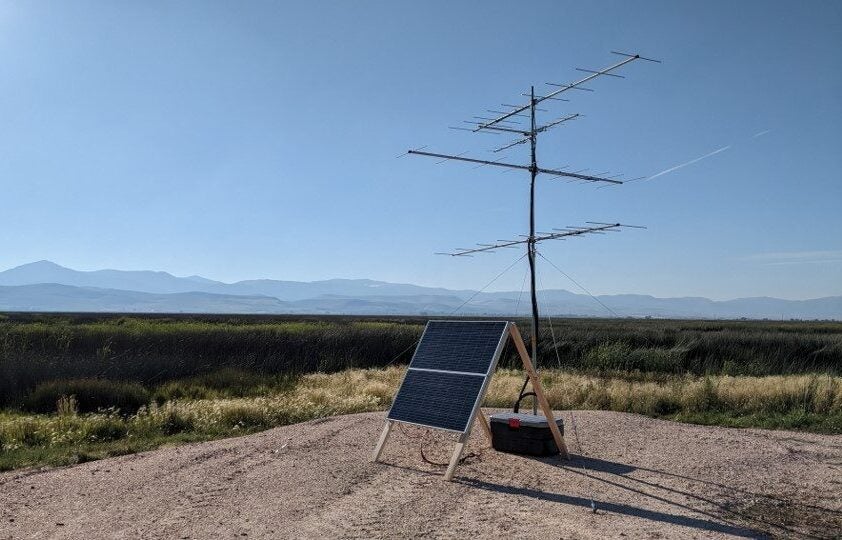
Our hopes and dreams of creating a sort of “domino effect” in the Intermountain West are turning into reality!
We are seeing our initial “web” of station installations in the southern part Idaho beginning to generate a lot of interest among different agencies in the region. Two new tagging projects have begun in the state involving monarch butterflies and bats by Idaho Department of Fish and Game (check out page 8 of this Windows to Wildlife Newsletter for more info) and U.S. Fish and Wildlife Service with lots of tag deployments this year!

In conjunction with those tagging projects, IBO assisted with the installation of two new Motus stations for Idaho Department of Fish and Game and U.S. Fish and Wildlife Service at Curlew National Grassland and Bear Lake National Wildlife Refuge. Adjacent states (and countries) are seeing significant increases in Motus stations and tag deployments as well.
As the network expands, so does the amazing potential to unlock new knowledge of the movements of many kinds of wildlife!
While the overall amount of tag detections at our Idaho stations currently remains low, I have been tickled pink by the proportion of deployed tags that we pick up from projects in other states and even other countries like Canada and Mexico. Very often when researchers tag birds or bats that utilize flyways over Idaho, our stations pick them up!
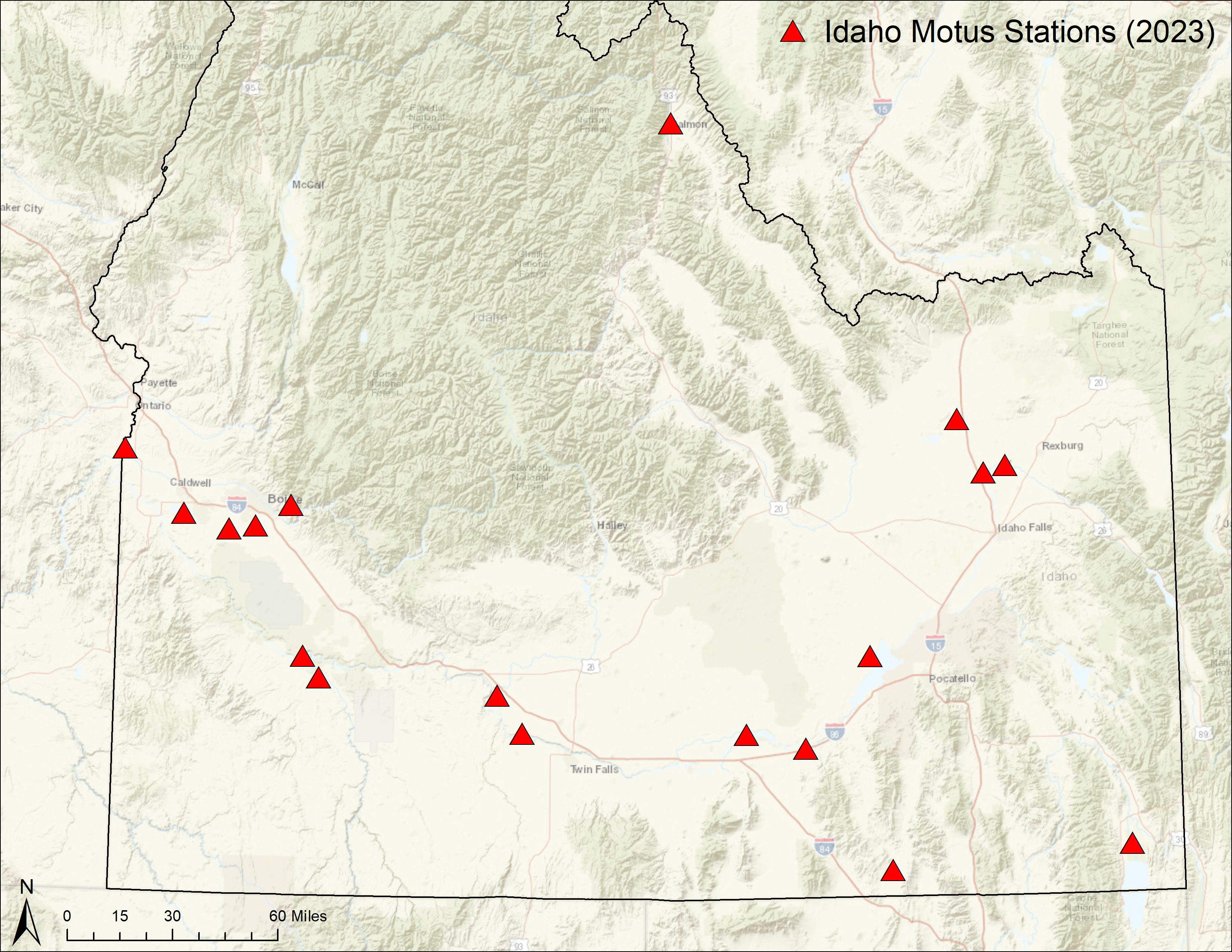
For example, this year we have picked up a handful of tag detections for Willow Flycatchers and Northern Saw-whet Owls that were tagged in Canada over the summer and fall — which I have highlighted below. As the number of stations and the number of tag deployments increase, I fully expect to see the number of detections increase significantly.
And now for some super cool 2023 tag detection highlights!
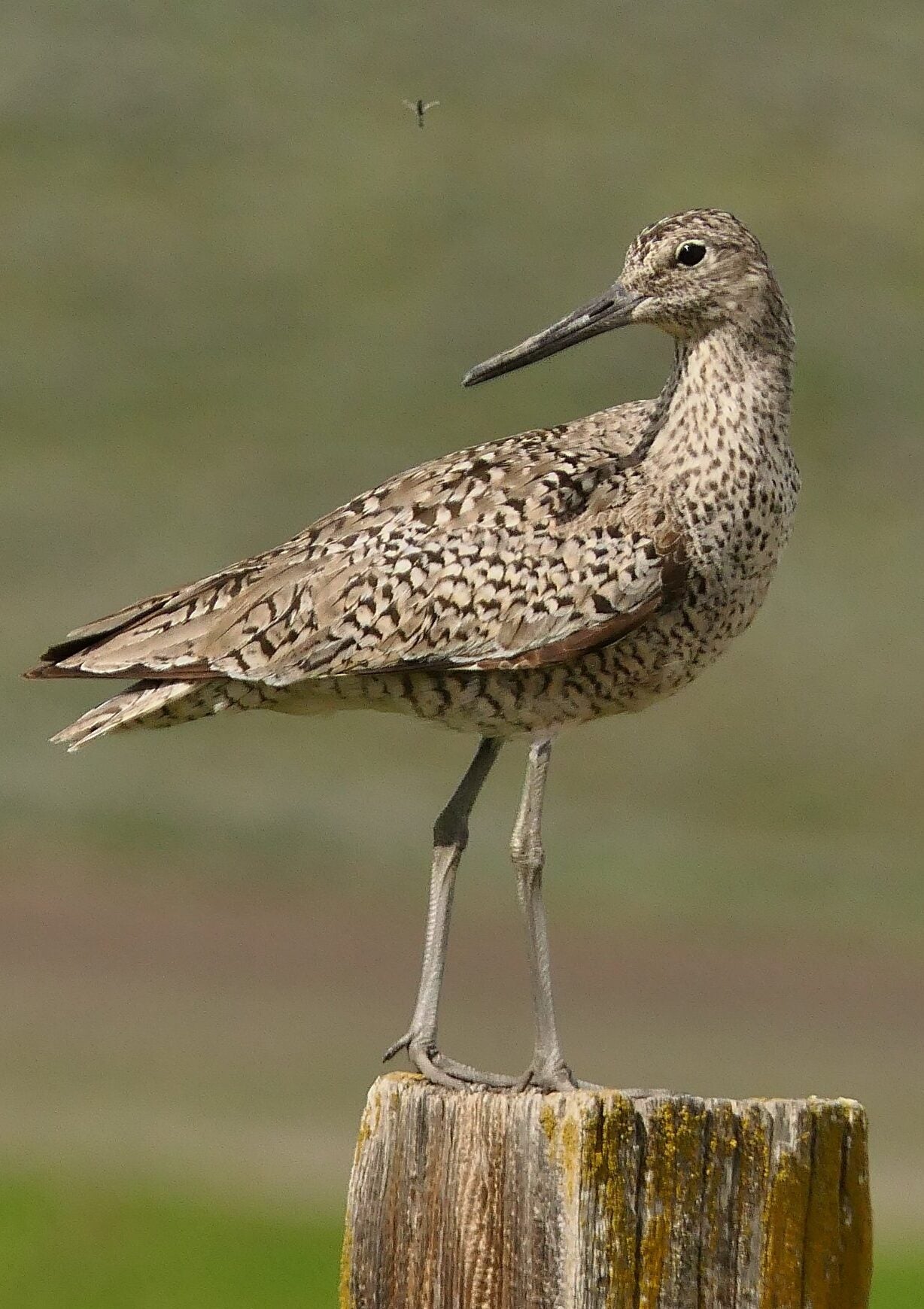
A Willet that was tagged in Mexico over the winter took flight at the end of April and followed the eastern flank of the Rockies up through Canada. Then when it migrated back south in the fall, it followed a different flightpath on the western side of the Rockies and was picked up by 4 of our stations in Idaho and 2 in northern Utah all on the same day.
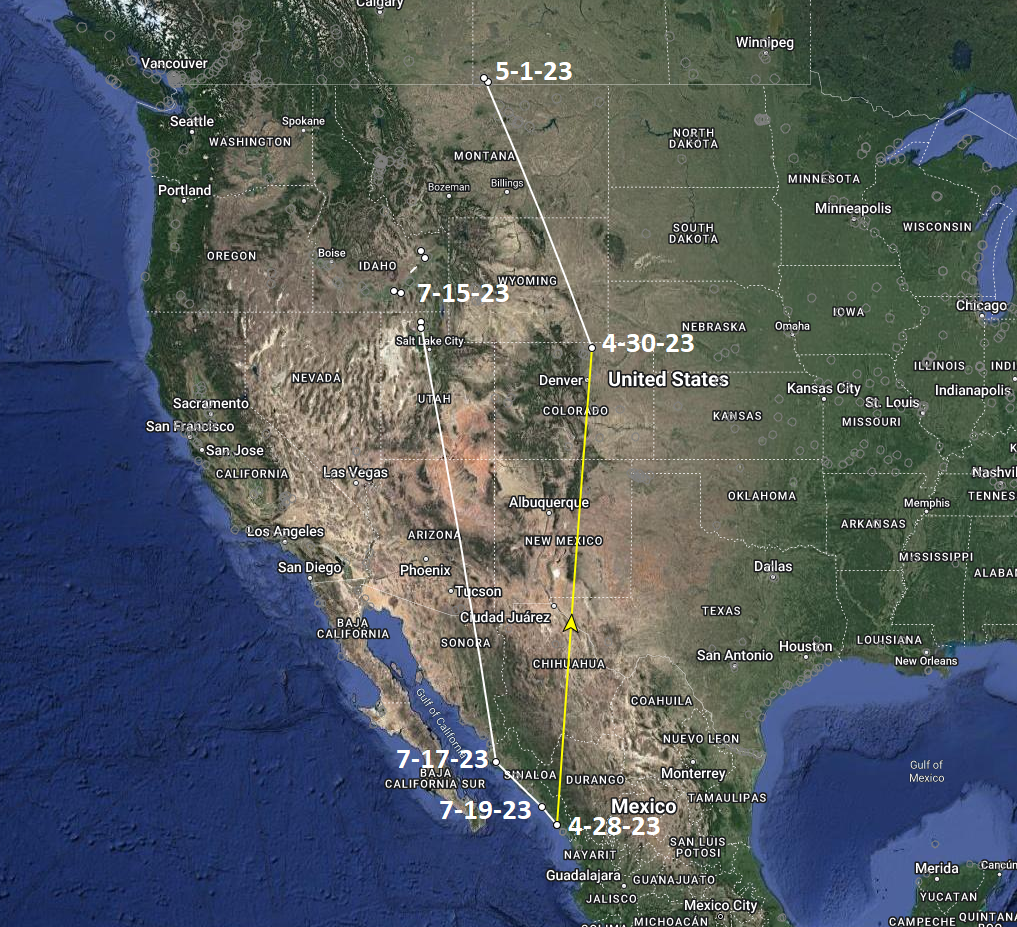
Within a few days it was back in Mexico, eventually being detected back in the same spot it was originally tagged!
This year we detected a handful of Northern Saw-whet Owls, including a few that were tagged way up in Alberta, Canada near Edmonton.
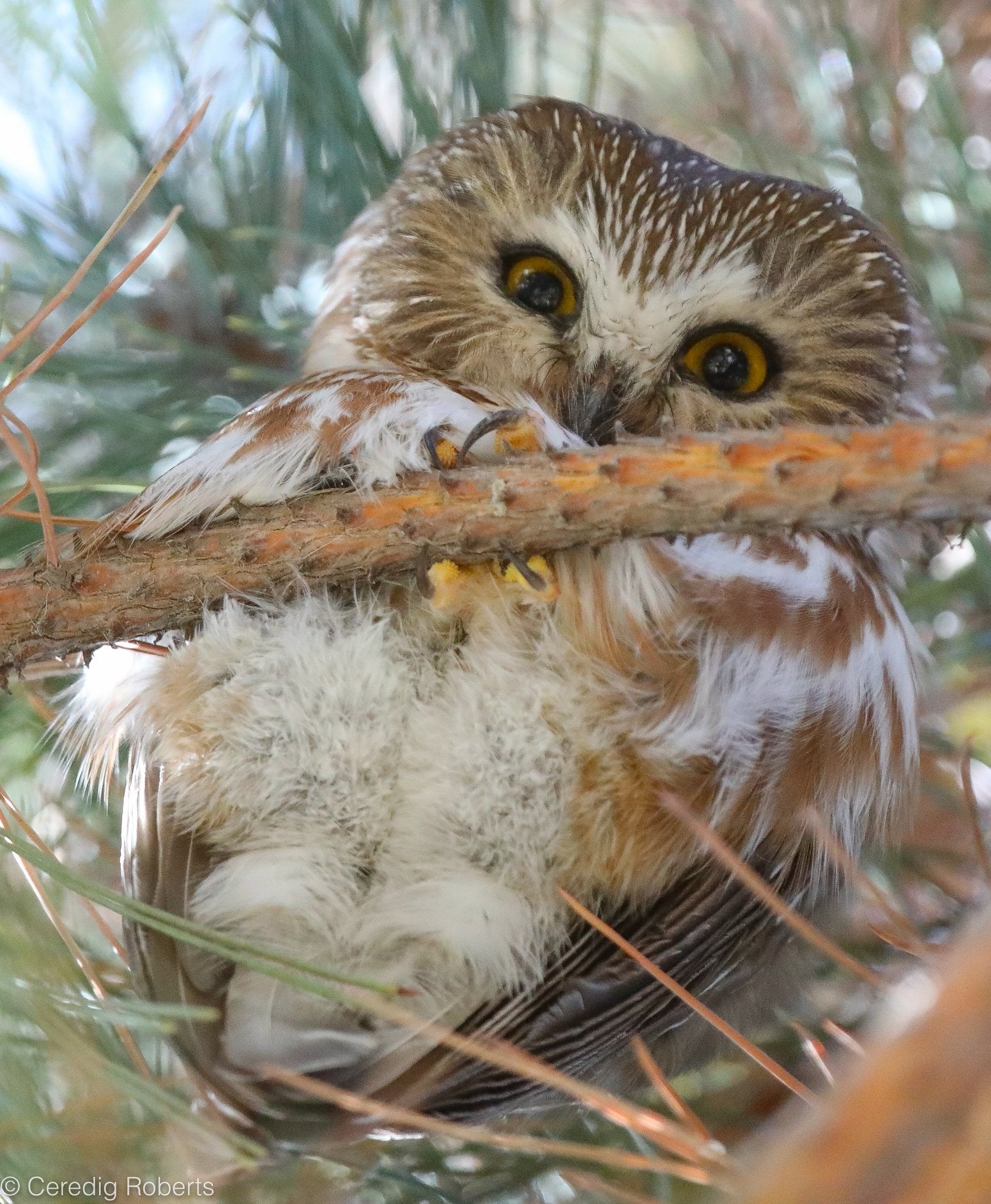
A Northern Saw-whet Owl tagged on 9/28 at Beaverhill Bird Observatory in Alberta, Canada was detected at a station in southern British Columbia, Canada, about 2 weeks later and then again at one of our CJ Strike Wildlife Management Area (WMA) stations another 2.5 weeks after that.
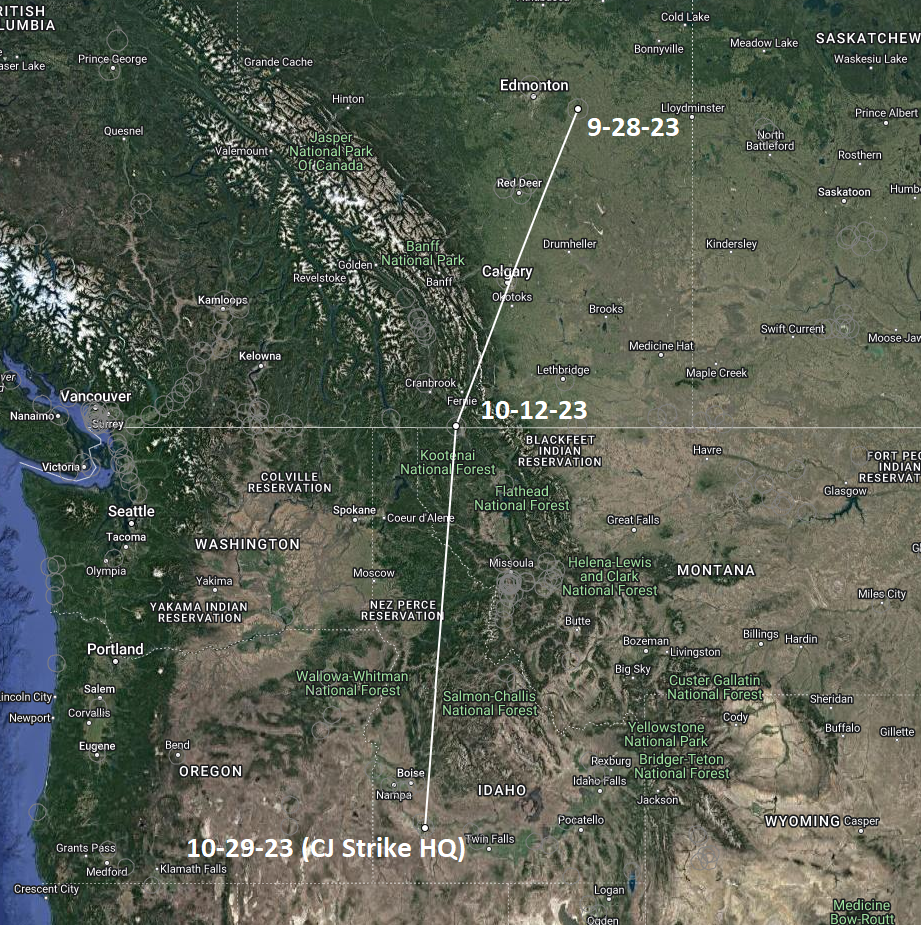
Our first Willow Flycatcher detection was from a bird that was tagged on 6/5 at Vaseux Lake Bird Observatory up in Okanagan, British Columbia. It appeared to have left its summer breeding grounds on 8/4 to be detected a few days later at our CJ Strike WMA headquarters station.
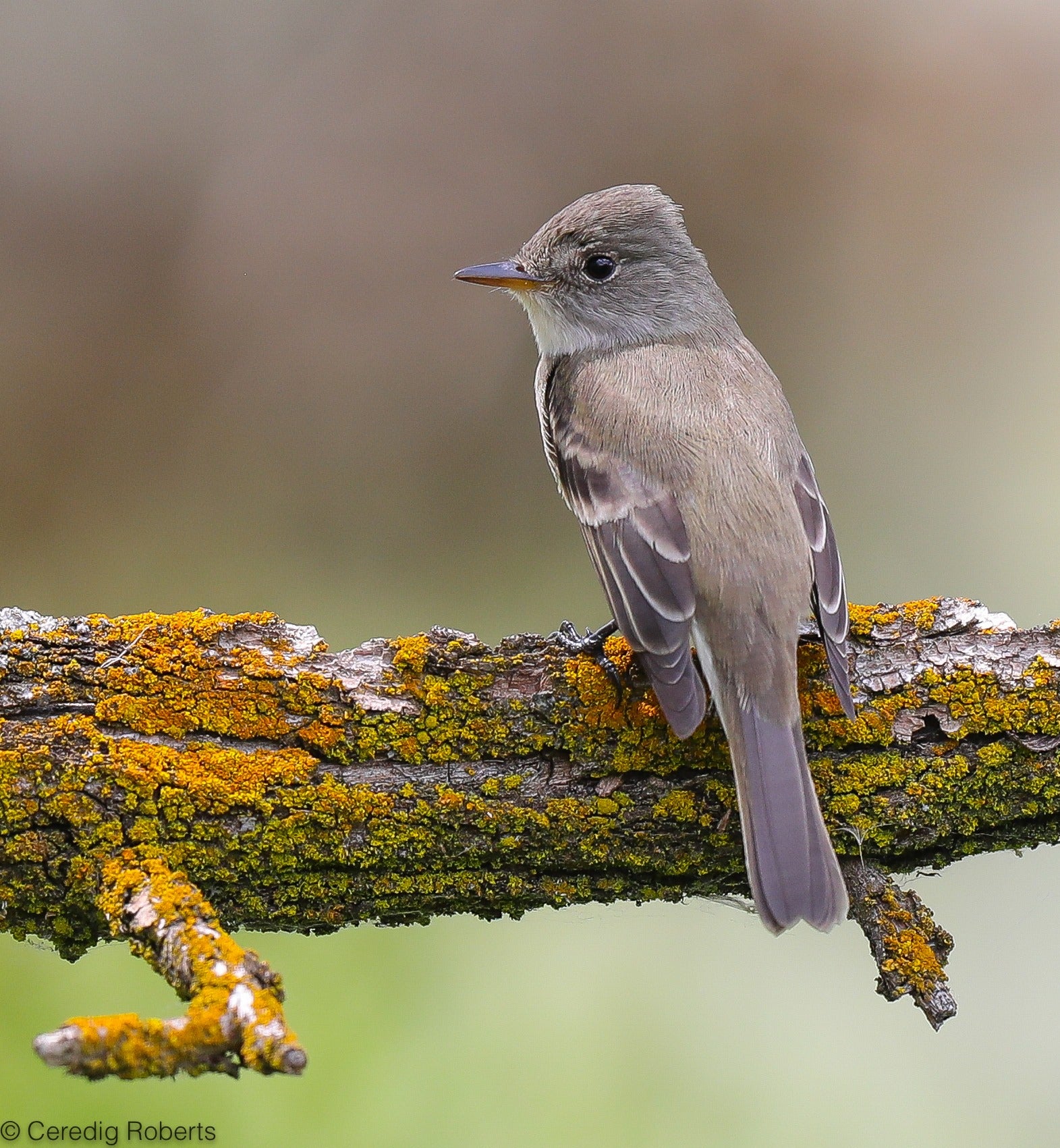
Then it was detected again 13 days later all the way down on the coast of western Mexico!
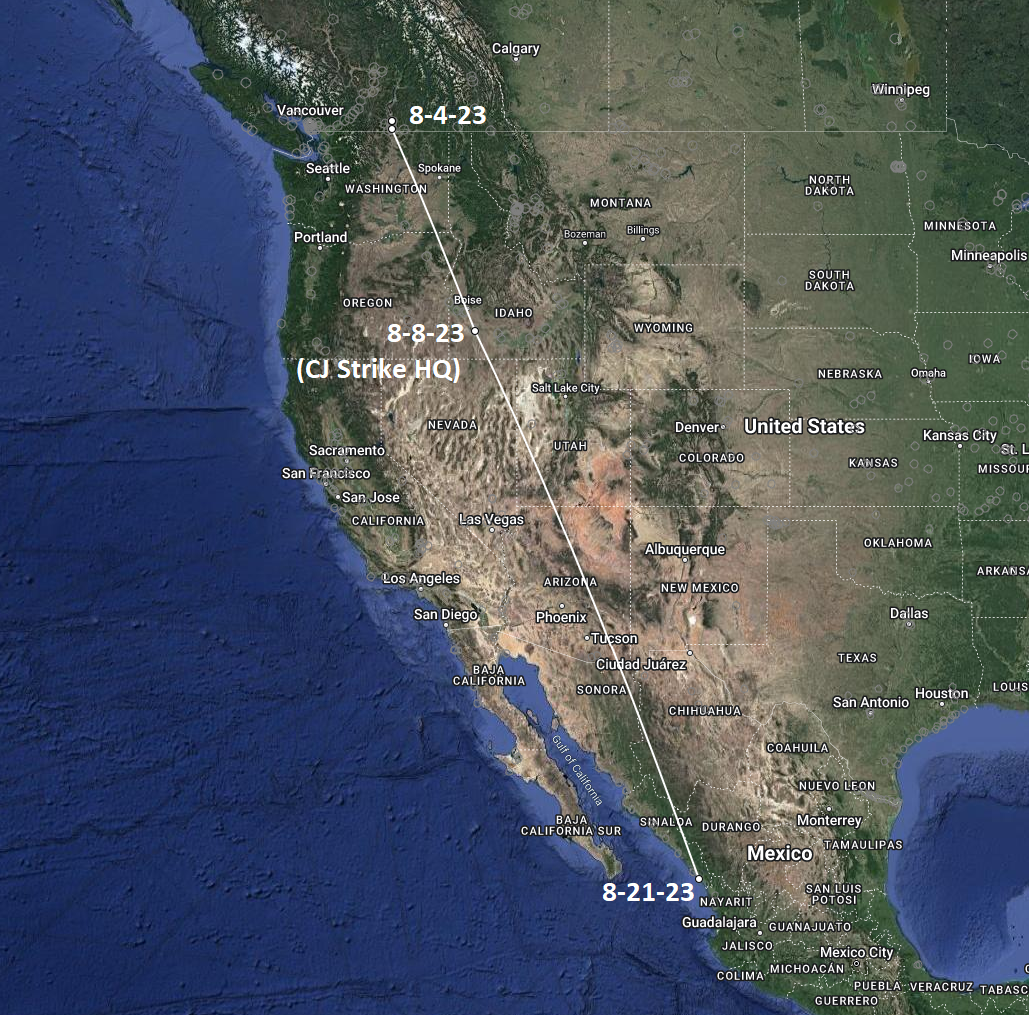
Installing Motus stations over the last few years now has definitely been an exercise in “delayed gratification” for me — putting in a ton of very hard work upfront and now finally starting to see the true benefits of it all. I’ll admit there were some points where I questioned if it was all going to be worth it, but now I’m feeling pretty heckin’ good about it. There’s one thing for certain, Motus is RED HOT right now!
We would like to thank MPG Ranch for the continued Motus support and all the folks hosting stations in Idaho!
Motus Data and Maps
Motus Wildlife Tracking System. 2023. Birds Canada, Port Rowan, Ontario. Available: https://motus.org. Accessed: [11-15-23].
Want to keep tabs on the latest exciting detections?
This cool migratory movement data is available to everyone! Check out motus.org to learn more about the network and to look at detections and receiver locations!
This article is part of our 2023 end of the year newsletter! View the full newsletter here, or click “older posts” below to read the next article.
Make sure you don’t miss out on IBO news! Sign up to get our email updates.